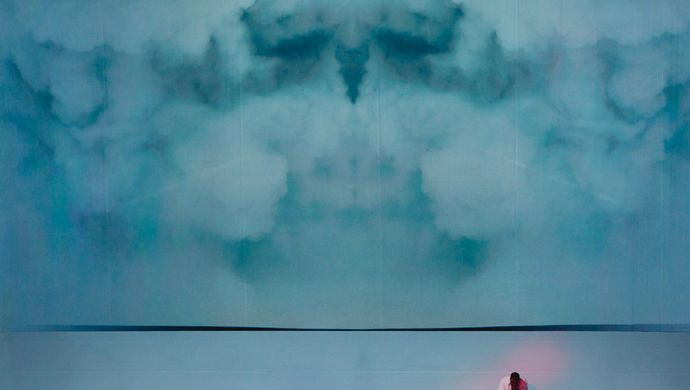The Malagasy Mimes of Soho
Jao, Lova, and Tiana never learned to speak. It wasn’t because they didn’t want to; it was simply because they never had the chance. Born to a sailor and a performer in the lush, remote landscapes of Madagascar, their story is one of survival, serendipity, and silent artistry. But before they became the iconic silent trio of Soho, they were just three curious boys, raised by their mother after a fateful shipwreck.
Their mother, a former circus performer with an enigmatic past, was stranded on a small, uninhabited island in the Indian Ocean after a storm sank the ship she was on. Pregnant with her third child and alone on the desolate shore, she had no choice but to raise her children without the typical trappings of society — no schools, no peers, no spoken language. The boys — Jao, Lova, and Tiana — grew up in an isolated paradise, where their only means of communication were gestures, expressions, and mime. Their mother, who had performed in small circuses before the wreck, taught them the language of the body: how to communicate their needs, their fears, and their dreams with nothing but movement and emotion.
Though their early life was challenging, it was also rich with creative expression. By the time they were teenagers, the trio was so fluent in their silent “language” that they could mime entire stories, from catching fish to pretending to speak with invisible townsfolk. Their little island had no audience beyond themselves, yet they performed for one another with the intensity of seasoned actors, unaware that their unique talent would one day carry them to the stage in London.
It was in 1980, after almost two decades of solitude, that their world changed forever. A visiting international aid ship stumbled upon their island and brought with it a group of eccentric theatre directors from London, on a mission to find new talent for an upcoming cultural exchange program. The moment they witnessed the boys' impromptu performance on the beach — an intricate, joyful, and bizarre dance of silent communication — they knew they had discovered something extraordinary.
After much persuasion (and a generous offer of aid to their island’s community), the three brothers boarded the ship and set sail for London, with no real understanding of what awaited them in the bustling metropolis. They arrived in Soho, where the streets hummed with energy and possibility, the perfect setting for their brand of silent theatre. The trio, who had spent their entire lives without spoken words, would now find themselves in a city where the world spoke in fast, sharp voices, none of which they could understand.
But it was exactly in this cacophony that they found their place. Soho in the 1980s was alive with experimental artists, bohemians, and punks, all hungry for new ways to express themselves. The boys’ unique brand of mime art — a fusion of physicality, silent storytelling, and absurd comedy — was unlike anything anyone had seen. And so, the Malagasy Mimes were born.
The trio quickly became a sensation. Their first performance, “A Play Called Page..." was inspired by a chaotic night in Soho. Drunk on London’s strange new concoctions of vodka and gin, the mimes wandered into a crowded pub and began to mime their way through the confusion, unintentionally provoking a series of hilarious and bewildering interactions with the locals. A man sat at the bar, staring at an invisible drink. Another mime pretended to pull a rabbit out of an invisible hat. At one point, Jao, the eldest, fell into an imaginary pit and stayed there, gesturing at the world with an expression of intense existential confusion. In the frenzy, the idea of whether a mime makes a sound when they fall — and if anyone hears it — was born.
The show was a hit. The trio’s blend of slapstick humor, surreal pantomime, and rich, silent storytelling resonated with Soho’s eclectic crowd. They became darlings of the underground theatre scene, performing in dimly lit pubs and squats before small but dedicated audiences who were captivated by the raw emotion and absurdity of their performances. Their work transcended language. It spoke to something deeper — the desire to be seen, to be understood, even when words fail. Their performances were both a comedy of errors and a poignant meditation on the chaos of modern life.
As they performed their way across London, Jao, Lova, and Tiana began to build a loyal following. Soho’s neon lights became their stage, and their shows were packed with punks, poets, and artists who had never seen anything like it. Audiences laughed, cried, and ultimately fell in love with the mimes' charming mix of vulnerability, humor, and silent rebellion.
Each member of the trio brought something unique to the stage:
Jao, the eldest, was the quiet leader — his powerful, exaggerated movements carried a deep gravity. He was the master of physicality, able to portray complex emotions with a single glance or a subtle shift in posture. His mimed expressions were always larger than life, capturing both the absurdity and beauty of the world around him.
Lova, the middle brother, was the more whimsical of the three. With a mischievous grin and an energetic spring in his step, Lova excelled in moments of exaggerated slapstick comedy. His portrayal of surreal, imaginary creatures and interactions with invisible objects was a favorite among audiences. He brought a lightness to their performances, always ready to turn a moment of tension into a burst of laughter.
Tiana, the youngest, had a gift for vulnerability. His delicate, almost ethereal expressions brought an emotional depth to their performances. Where his brothers excelled in physical comedy and chaos, Tiana’s mimes captured the quieter, more introspective moments — his silent confrontations with the world had a quiet power, inviting the audience to reflect on their own experiences of alienation and connection.
Together, Jao, Lova, and Tiana created a brand of mime that was both humorous and profound, irreverent and heartfelt. Their play, “A Play Called Page...", became a cult classic, performed in theatres around the world, from the smoky underground venues of London to the avant-garde festivals of Paris, New York, and beyond.
Today, the Malagasy Mimes continue to tour the world, bringing their brand of silent revolution to new audiences with every performance. Their story, rooted in isolation and shaped by chance, reminds us that sometimes the loudest message is the one left unsaid. Through the universal language of mime, Jao, Lova, and Tiana continue to ask: If a mime falls in a bar... does anyone hear it? And more importantly, do we even need to?

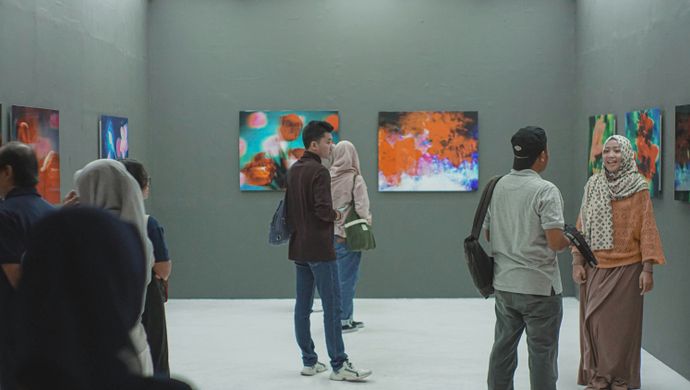
 Article
Article

 Interview
Interview

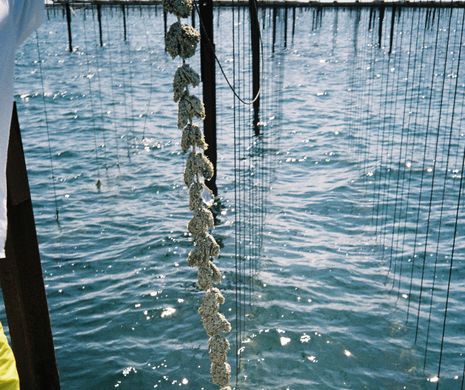
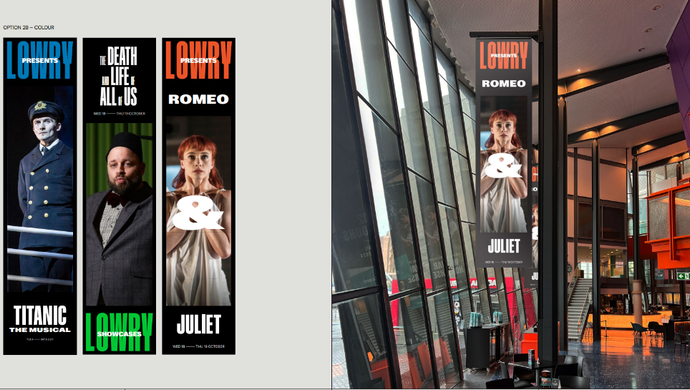
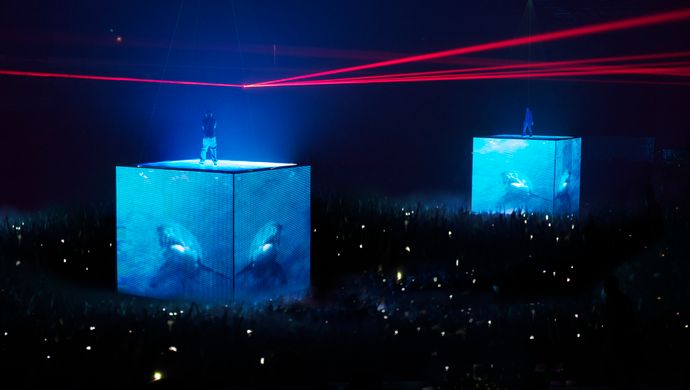
 Intranet demo
Intranet demo
